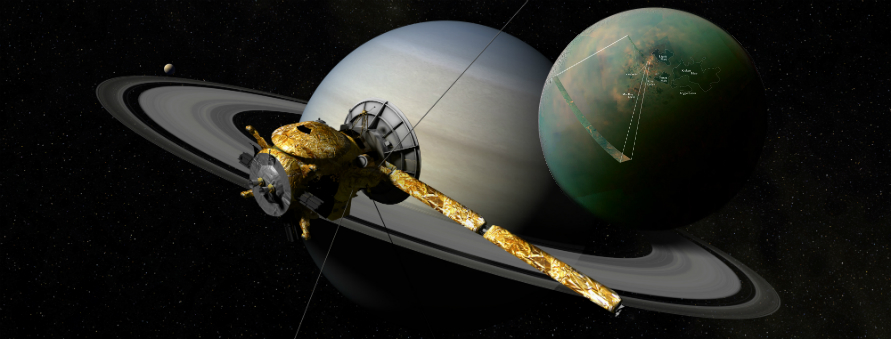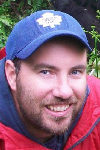The Secrets of Titan: Recreating the Cyanide Sky

Dr Courtney Ennis
Research Fellow, La Trobe Institute of Molecular Sciences
The Cassini (NASA) mission to Saturn recently came to a spectacular end with the spacecraft burning up in the gas giant’s atmosphere after 13 years of close examination of Saturn’s icy moons and rings. The research of Dr Courtney Ennis and his colleagues concerns Saturn’s largest moon Titan, a world thought chemically reminiscent of an early-Earth, complete with extended atmosphere and weather driven by small hydrocarbons.
Here in the Titan sky, we have detected quantities of cyanide family compounds seasonally generated by sunlight. Although deadly to much life on Earth, these cyanide species could act as a source of life initiating molecules – such as amino acids and DNA bases – when exposed to Titan conditions. Join astrochemist Dr Courtney Ennis, who will discuss the implications of cyanides to the origins-of-life and present current work underway at the Australian Synchrotron, where a specialised experiment to mimic the Titan atmosphere has been used to recreate its cyanide rain.
ABOUT THE SPEAKER:
 Dr Courtney Ennis is a Research Fellow at the La Trobe Institute of Molecular Sciences and a recipient of an ARC Discover Early Career Research Award in 2014.
Dr Courtney Ennis is a Research Fellow at the La Trobe Institute of Molecular Sciences and a recipient of an ARC Discover Early Career Research Award in 2014.
Courtney’s independent research position follows post-doctoral placements at The University of Hawai’i, University College London, and the Australian Synchrotron where he has worked in the field of Astrochemistry. Courtney was awarded his PhD in physical chemistry at The University of Western Australia in 2009.
Across these placements Courtney has devised and constructed a number of laboratory setups to replicate and study chemical reactions observed to unfold in extreme space environments. A main target is to understand the formation pathways of so-called ‘Complex Organic Molecules (COM)’ – the building-blocks of biological material on Earth. In order to study COM particles and detect them with telescopes, a spectral fingerprint is required. To this end we use specialist equipment and the intense infrared beam at the Australian Synchrotron to capture the spectra of COM material, species that may help untangle the chemical origins for life on Earth.






